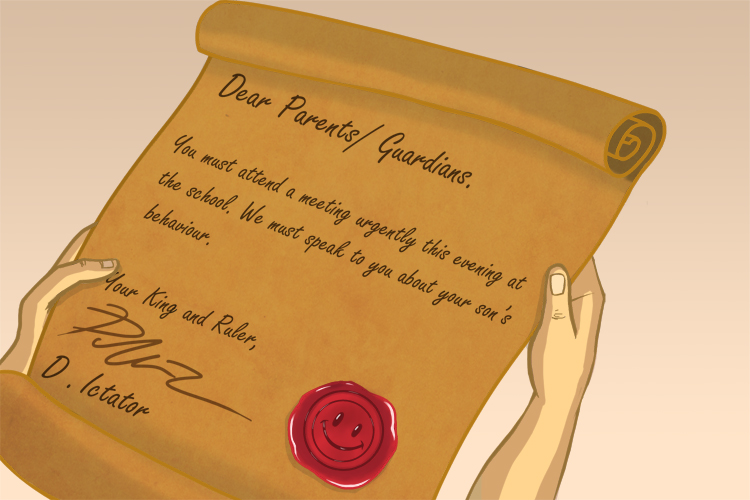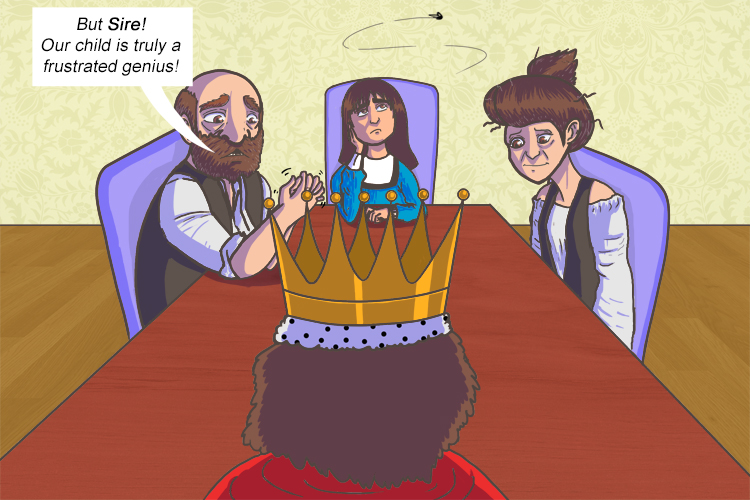Remember the order of ranks 1
The following story should help you to remember the order of the seven ranks:
1. Kingdom

A king decided to visit every school in his kingdom to find out how clever the children were. He jumped into the first taxi to take him on his mission.
2. Phylum (pronounced “file ’em”)

All the king’s helpers filed into the rest of them – file ’em (phylum) – to follow the king on his mission.
NOTE:
When this is taught in a classroom it would be important to stop here and summarise what you have learnt so far:
- Taxonomy is the classification of living things
- Taxonomy was developed by Carl Linnaeus
- The first classification is kingdom
- The second classification is phylum
3. Class

The first class they went into was full of badly behaved children sticking their tongues out at the teachers and not getting on with their work.
4. Order

So the king instructed the teachers to bring the children to order.
5. Family

One child, a boy, continued to misbehave, so the king decreed that the child’s family be brought to school to discuss how the boy’s behaviour could be improved.
6. Genus (pronounced “jean-us”)

At the meeting, the mum and dad insisted their child was a genius (genus), but with an overactive mind that sometimes led to bad behaviour.
7. Species

Testing the child on a variety of topics, the king and his helpers realised that this was true – he was indeed brilliant, particularly at writing. The king resolved that when the boy was older, he would be employed to write all his speeches (species).
Summary
- Taxonomy is the classification of living things
- Taxonomy was developed by Carl Linnaeus
- The first classification is kingdom
- The second classification is phylum
- The third classification is class
- The fourth classification is order
- The fifth classification is family
- The sixth classification is genus
- The seventh classification is species




